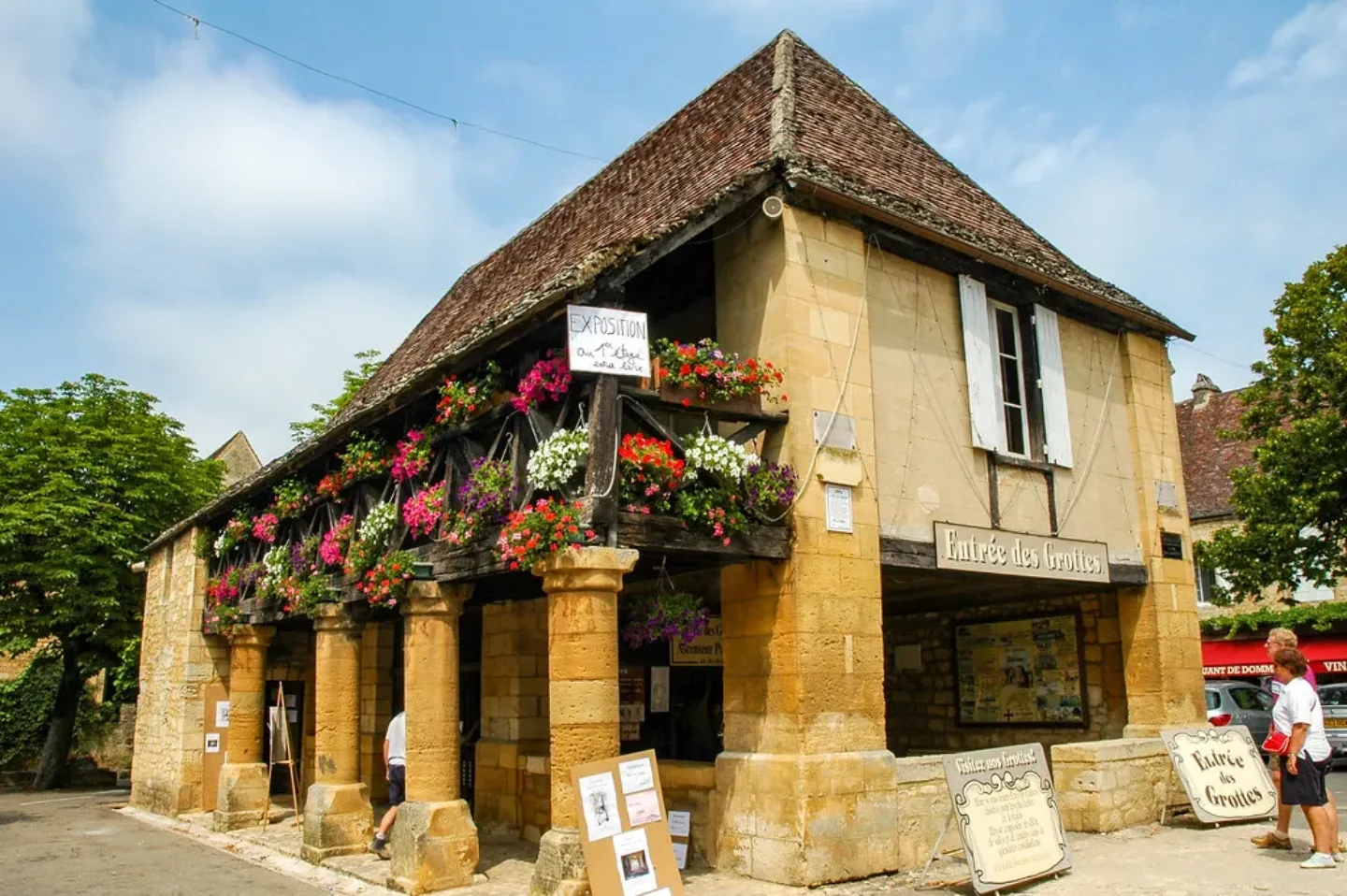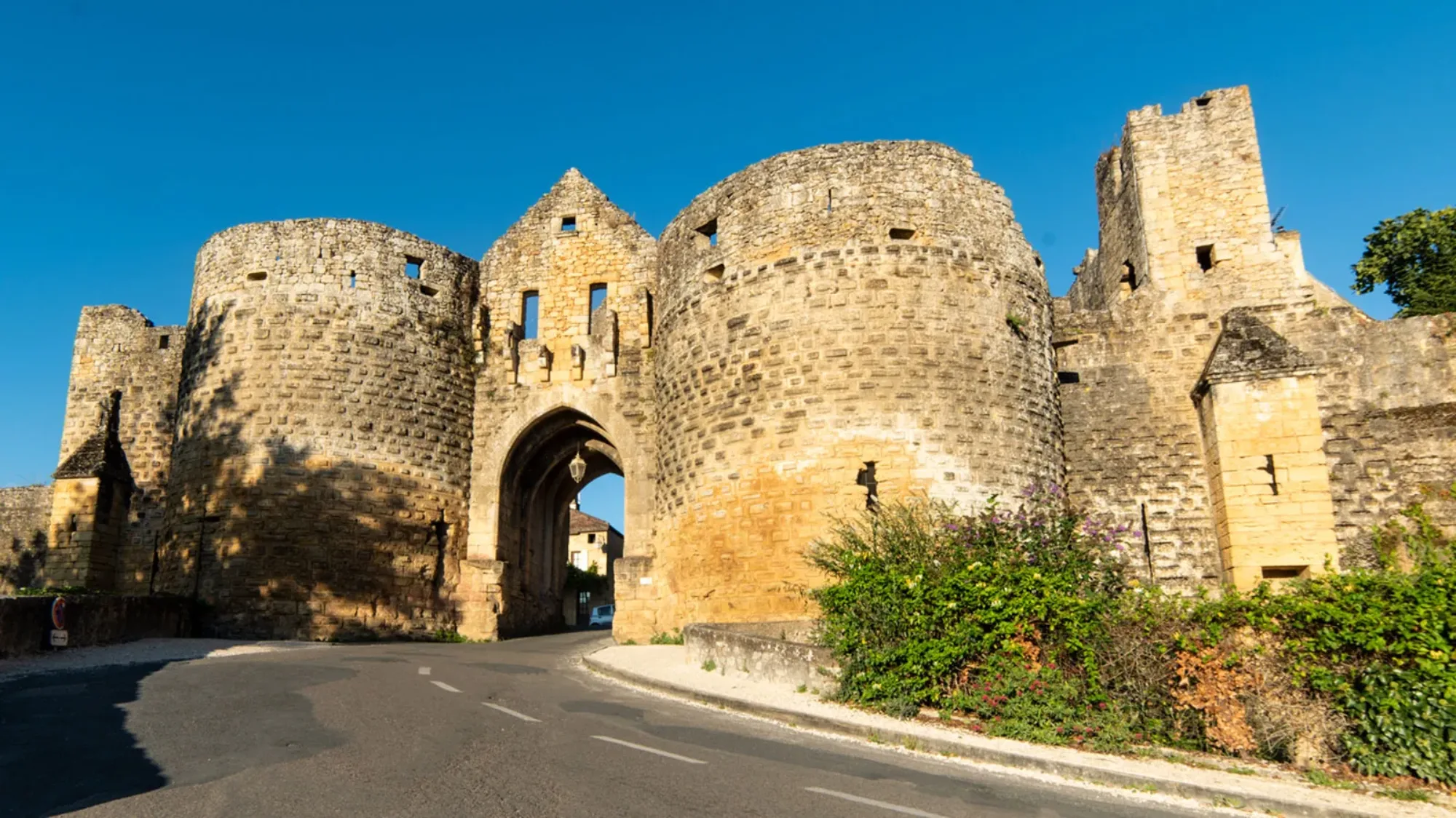The bastide town of Domme

In the heart of the Périgord Noir region, the medieval bastide town of Domme is built on a rocky spur above the Dordogne River. Less than 15 minutes' drive from our 3-star campsite in the Périgord at Slow Village, don't miss a visit to this village, listed as one of France's most beautiful villages.
Thehistory of the bastide town of Domme
Built as a fortified town in 1281 by Philippe III "le hardi" for defensive purposes, it dominates the Dordogne valley at the top of a 250-metre cliff.
Domme is remarkably well-preserved, with the ramparts and large gates that once encircled the town still largely intact. The blond stone houses bear witness to masterful architecture and have a cachet like nowhere else. Today, the medieval town of 1000 inhabitants recalls an eventful past.
Discover the bastide town of Domme
The bastide town of Domme is a place steeped in history and culture, brimming with architectural treasures and natural landscapes. Here are some of the highlights of a visit to the bastide:
The ramparts and Tower Gate
Domme's ramparts, built in the 14th century, are one of the town's main attractions. They offer breathtaking views over the Dordogne valley and surrounding hills. Visitors can access the ramparts through several gates, including the Porte des Tours, at the entrance to the bastide.
The Porte des Tours is an impressive medieval vestige. It was built in the 13th century and reinforced in the 14th. It comprises two cylindrical towers linked by a pointed arch. The gate was once used to defend the town, and its archways are still visible on the walls.
Notre-Dame de l'Assomption church
Thechurch of Notre-Dame de l'Assomption, located in the center of the bastide, is a historic building dating from the 17th century. It was built from the stones of the former church, destroyed during the Wars of Religion. The church was built by a master mason from Monpazier. Featuring a single nave and a bell-wall, the church is dedicated to Notre-Dame de l'Assomption.
The covered market and Place de la Halle
Domme's covered market, built in 1673, is one of the town's symbols. It is located on the Place de la Halle, a popular meeting place for locals and tourists alike. The hall is a two-storey building with a tiled roof supported by stone columns. It once served as a covered market for local farmers.
The Place de la Halle is surrounded by historic buildings, including the Town Hall, the Tourist Office and the Governor's House. It also offers breathtaking views over the Dordogne valley and surrounding hills.

Discovering the Domme cave
Domme can also be discovered from below. Under the covered market, an entrance opens onto one of the largest caves in the Périgord Noir: the Grotte de Domme. Along 450 metres of galleries, you'll discover a maze of rooms, thousands of stalactites and stalagmites, gigantic columns and even evidence of human occupation of the site in prehistoric times.


